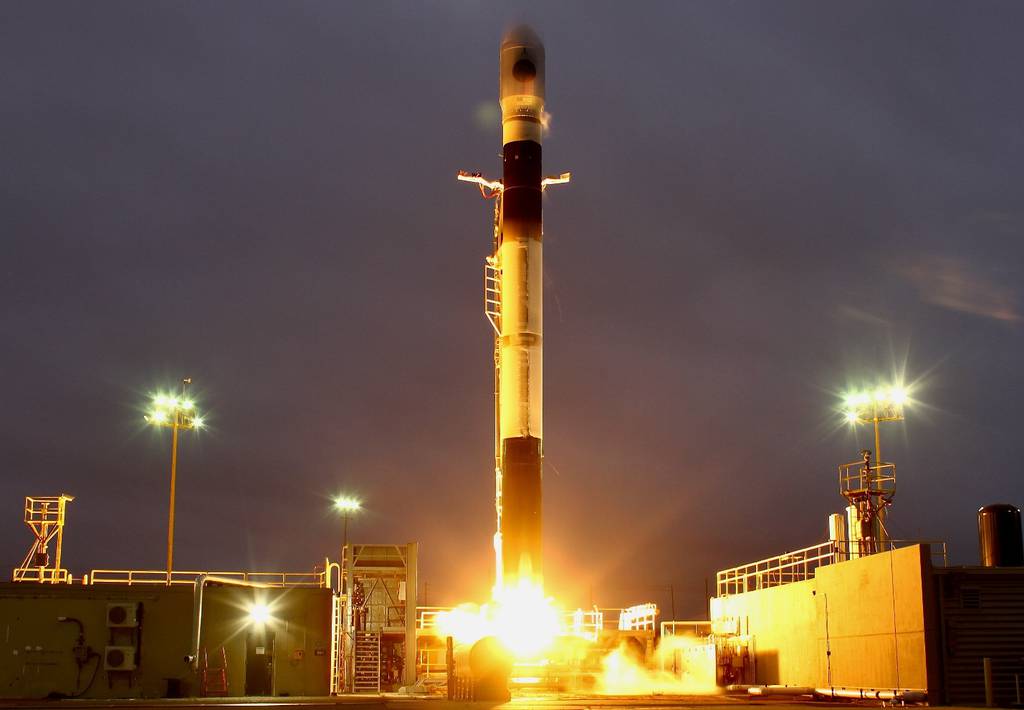ORLANDO, Fla. — The Space Force will start charging launch companies more to use its spaceports as soon as this summer, following a provision in the defense policy bill that allows the service to pursue new revenue streams to fund range modernization efforts.
While the Space Force has traditionally charged for direct costs like equipment usage at a launch pad, the 1984 Commercial Space Act barred it from asking companies to pay for what are considered “indirect” costs, like facilities repair and maintenance.
The Fiscal Year 2024 National Defense Authorization Act, signed into law Dec. 26, changes that. The legislation features a provision that lets the Space Force collect additional fees from range users.
Brig. Gen. Kristin Panzenhagen, program executive officer for assured access to space, said Jan. 31 the service has had several meetings with industry to discuss the implications of the new fees “and make sure everybody fully understood what was coming.”
“The promise that we made to both industry and Congress on this is that we be very transparent with our charging to make sure they understood what was happening,” she said during a media briefing at the Space Mobility Conference here.
The language limits the indirect fees the Space Force can collect to 30% of what a company is contracted to pay in direct costs, with a cap of $5 million per year. Panzenhagen said the service doesn’t expect to collect “a huge amount,” but noted the funding will help the service improve its range facilities and operate them more like commercial spaceports.
She added that if all goes well over the next few years, the service hopes to reduce the caps included in the new law.
“Our intent is to execute the authorities we’ve been given in [fiscal years] ‘24 through ‘26 in a really responsible manner and show the benefits that it has both to government and commercial with reinvesting in the spaceport,” Panzenhagen said.
The change in how the Space Force collects range fees comes as launch rates surge at the service’s East and West Coast ranges. The service’s FY24 budget requested $1.3 billion over the next five years for infrastructure projects aimed at increasing the number of launches it can support.
The provision is one of two major policy changes the service sought heading into the FY24 legislative cycle to enable this new way of operating. The other, which would streamline the process for leasing federal land around military bases to commercial companies, didn’t make it into the final bill.
Rep. Salud Carbajal, D-Calif., told C4ISRNET in December he plans to push for the provision to be included in FY25 defense policy legislation.
“There’s a huge amount of viable, productive space around a number of bases, and if it’s done right and appropriately, it could actually provide a revenue stream that, in this case, could be reinjected back into the ranges,” he said.
Courtney Albon is C4ISRNET’s space and emerging technology reporter. She has covered the U.S. military since 2012, with a focus on the Air Force and Space Force. She has reported on some of the Defense Department’s most significant acquisition, budget and policy challenges.








